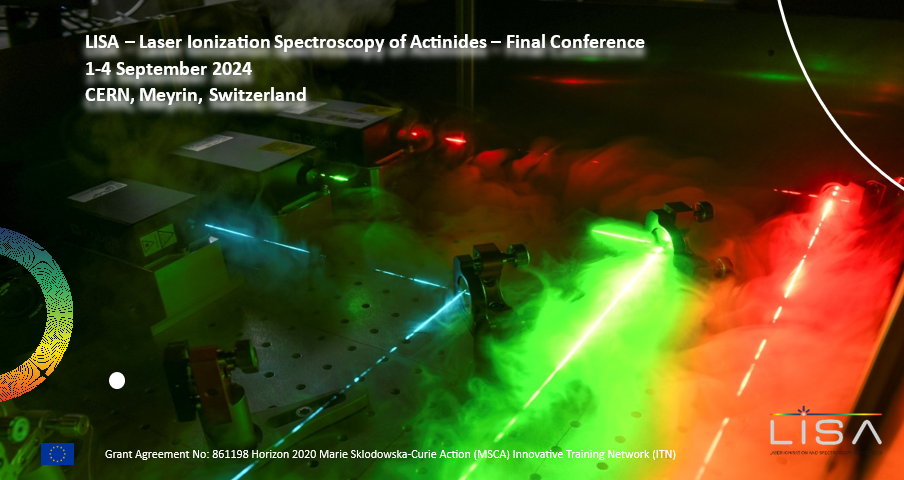Speaker
Description
The study of the actinides represents a frontier in contemporary nuclear and atomic physics research. Lawrencium (Lr), with an atomic number of 103, is the heaviest and final actinide in the periodic table, positioned just before the super-heavy elements. Despite its significance, experimental data for lawrencium remain scarce. Precise and accurate theoretical calculations are essential for determining its energy levels.
Calculations were initially performed on lutetium (Lu), the lighter homologue of lawrencium, for which experimental data are available. This step is crucial to validate the predictive accuracy of our computational models for calculating the energy spectrum and transition properties of lawrencium.
The energy spectra of Lawrencium and Lutetium are investigated using the multiconfigurational Dirac-Hartree-Fock (MCDHF) method. Results of both the neutral atoms are presented and compared to previous calculations and experiment where available.
In this presentation, we report large-scale precision calculations of the energy structure of neutral lawrencium. Our results provide significantly more precise values than previous MCHF calculations for the energy levels of the levels and their corresponding transition rates.
